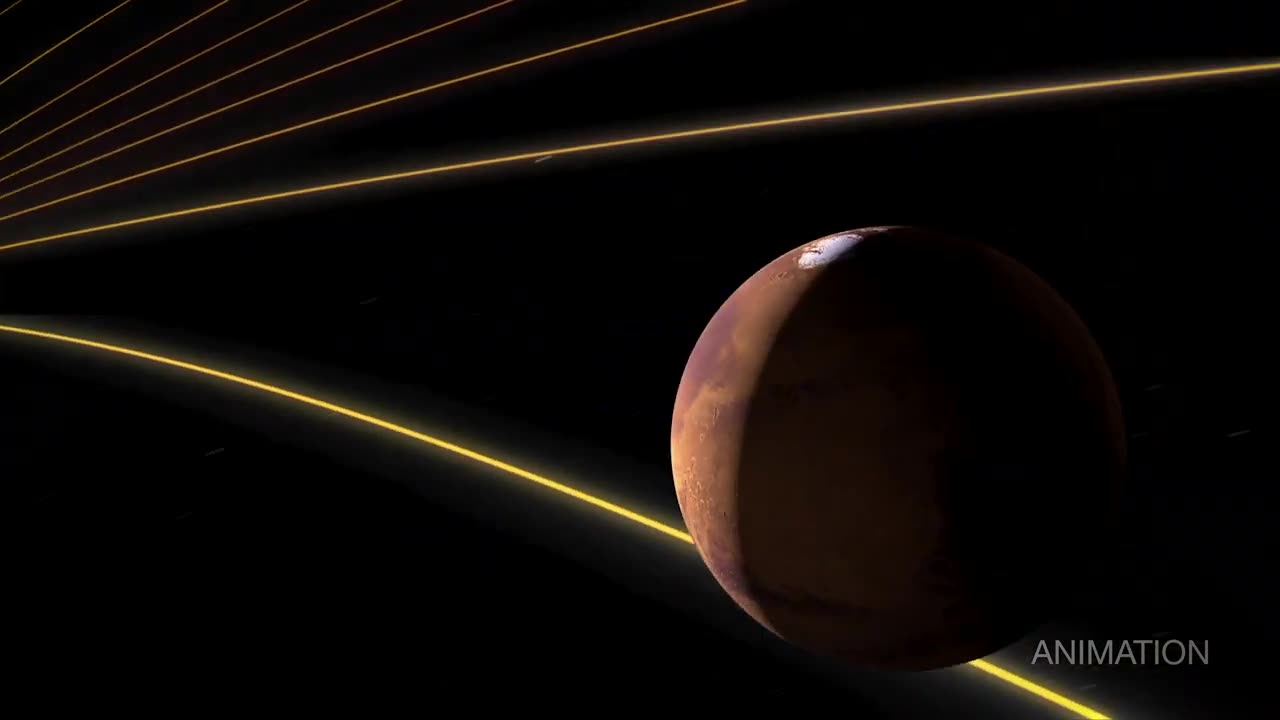Premium Only Content

How Solar Storms This Year Will Help Mars Astronauts in the Future (Mars Report - April 2024)
The Sun’s activity will be at its peak in 2024, providing a rare opportunity to study how solar storms and radiation could affect future astronauts and robots on Mars. This peak period – called solar maximum – will be observed by NASA’s MAVEN (Mars Atmospheric and Volatiles EvolutioN) orbiter and Curiosity rover. Learn how both spacecraft have a big year ahead in this video featuring MAVEN Principal Investigator Shannon Curry of the Laboratory for Atmospheric and Space Physics at the University of Colorado Boulder.
Solar maximum occurs roughly every 11 years. During this period, the Sun is especially prone to throwing fiery tantrums in a variety of forms, such as solar flares and coronal mass ejections. These events launch radiation deep into space. When a series of these solar events erupt, it’s called a solar storm.
Earth’s magnetic field largely shields our home planet from the effects of these storms. But Mars lost its global magnetic field long ago, leaving the Red Planet more vulnerable to the Sun’s energetic particles. Researchers are excited to potentially gather data on just how intense solar activity can get at Mars. Among the preparations space agencies will need to make for sending humans to the Red Planet is what kind of radiation protection astronauts would require.
NASA’s Goddard Space Flight Center in Greenbelt, Maryland, manages the MAVEN mission.
NASA’s Jet Propulsion Laboratory in Southern California leads the Curiosity mission.
Learn more: https://go.nasa.gov/3UNS6g1
For more information on MAVEN, go to: https://science.nasa.gov/mission/maven/
For more information on Curiosity, go to: https://science.nasa.gov/mission/msl-...
Credit:
NASA/JPL-Caltech/GSFC/Scientific Visualization Studio/SDO/LASP-University of Colorado Boulder/MSSS
-
 1:30:23
1:30:23
Twins Pod
15 hours agoHe Went From MARCHING With BLM To Shaking Hands With TRUMP! | Twins Pod - Episode 45 - Amir Odom
130K30 -
 1:02:30
1:02:30
Exploring With Nug
16 hours ago $3.70 earned2 Duck Hunters Missing After Kayak Capsizes!
58K4 -
 46:48
46:48
Mally_Mouse
10 hours agoLet's Hang!! -- Opening Christmas gifts from YOU!
70.3K1 -
 44:55
44:55
Athlete & Artist Show
20 days ago $2.04 earnedNHL 4 Nations Snubs, Was Hawk Tuah Coin A Scam?
65.7K -
 33:47
33:47
Stephen Gardner
16 hours ago🔥Pentagon Whistleblower UNLEASHES on Biden and Obama!
121K245 -
 2:20:30
2:20:30
The Dilley Show
17 hours ago $28.22 earnedRoger Stone in Studio plus Q&A Friday! w/Author Brenden Dilley 12/27/2024
100K22 -
 1:57:02
1:57:02
The Charlie Kirk Show
15 hours agoThe Great H-1B Battle + AMA | Lomez | 12.27.24
187K296 -
 11:39
11:39
Russell Brand
1 day agoWhat You're Not Being Told About The Syrian War
182K291 -
 DVR
DVR
Bannons War Room
1 year agoWarRoom Live
101M -
 1:49:21
1:49:21
Film Threat
18 hours agoBEST AND WORST OF 2024 + SQUID GAME SEASON 2 | Film Threat Livecast
64.9K7